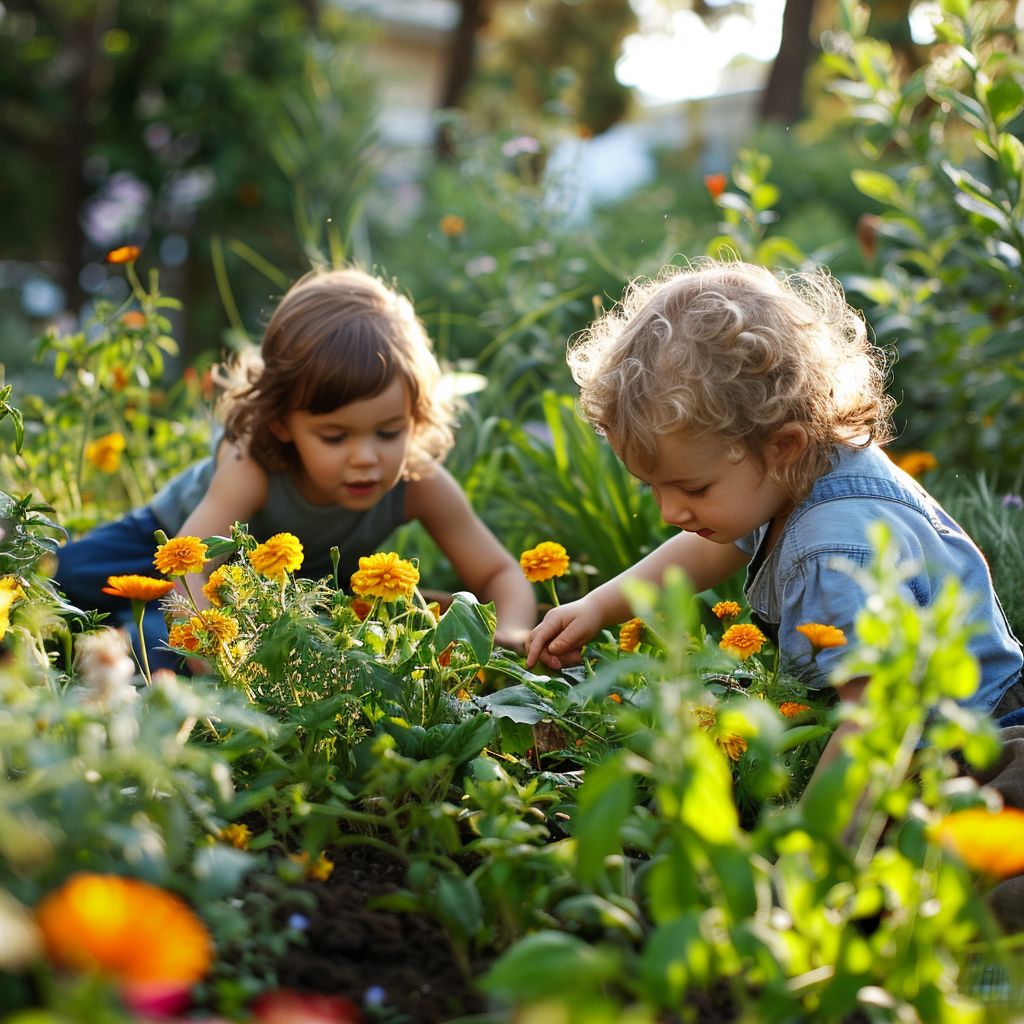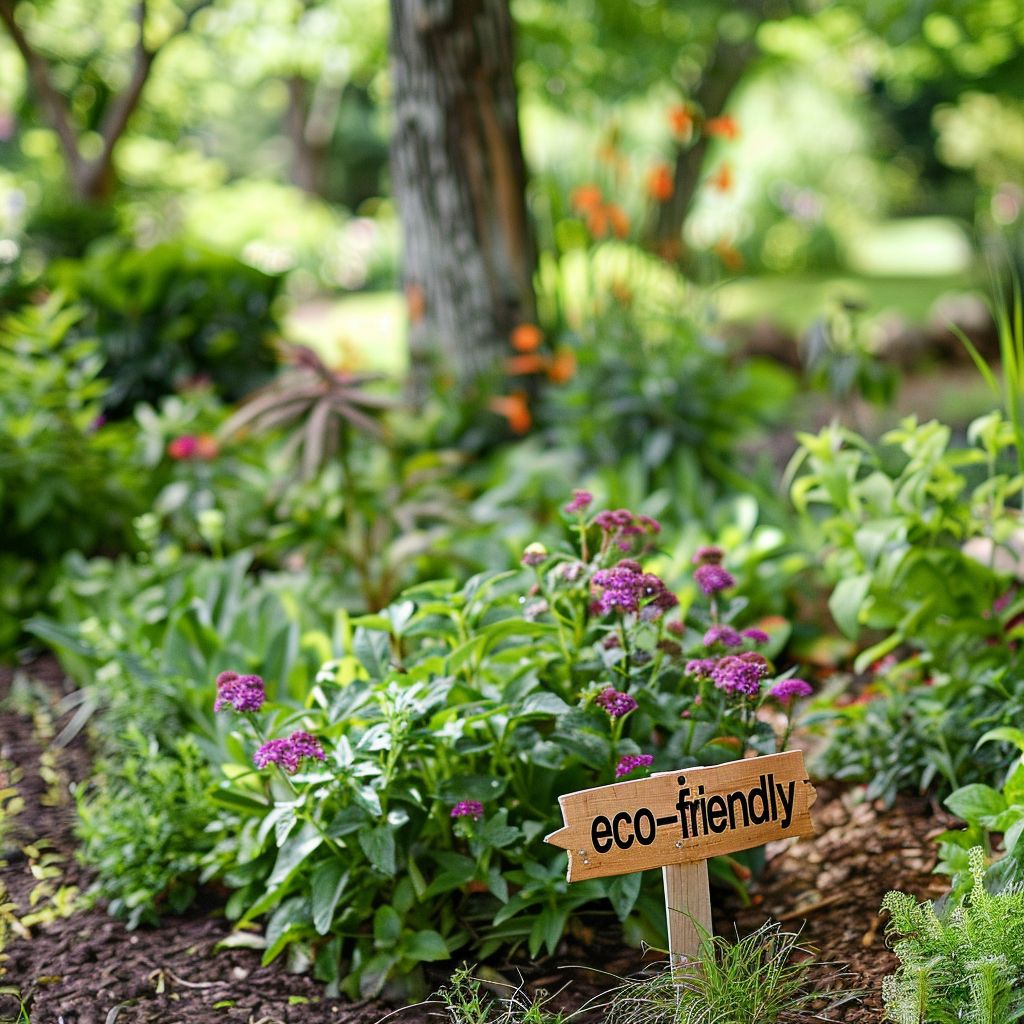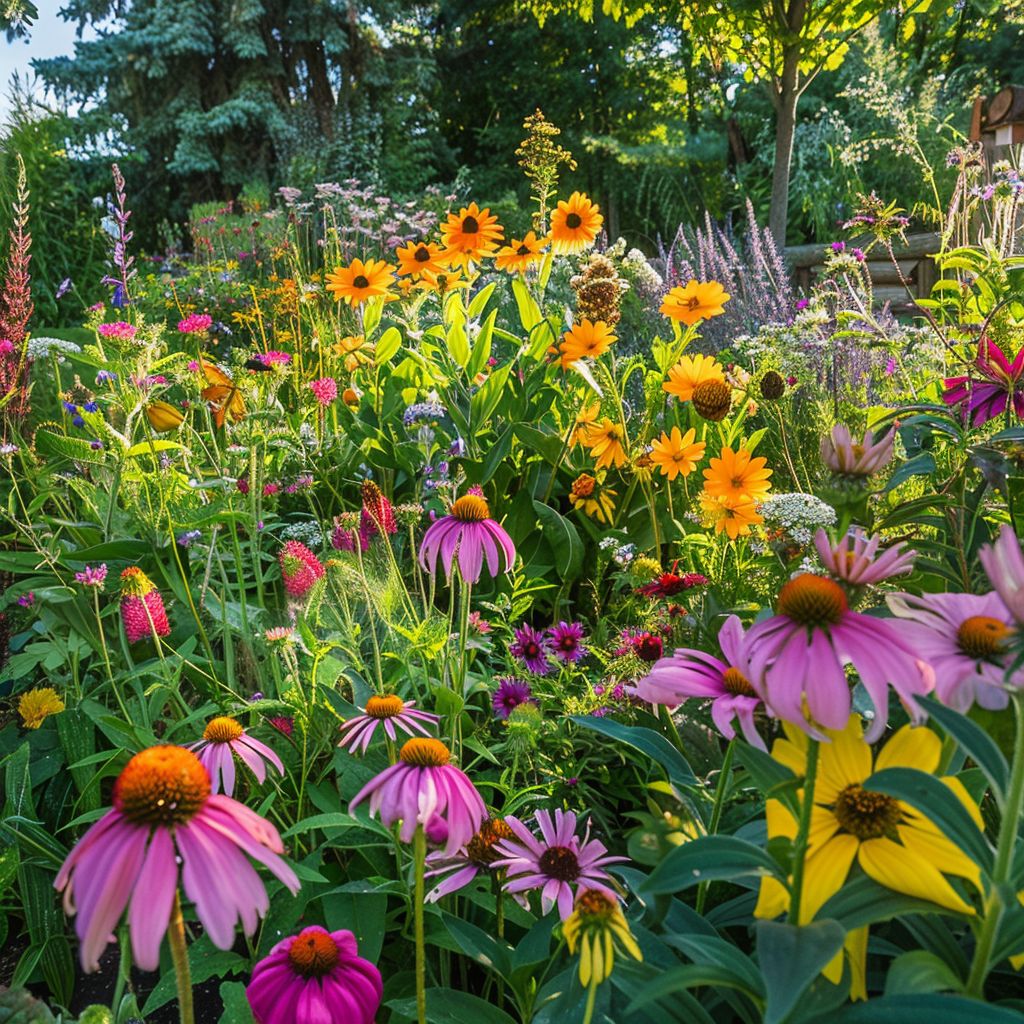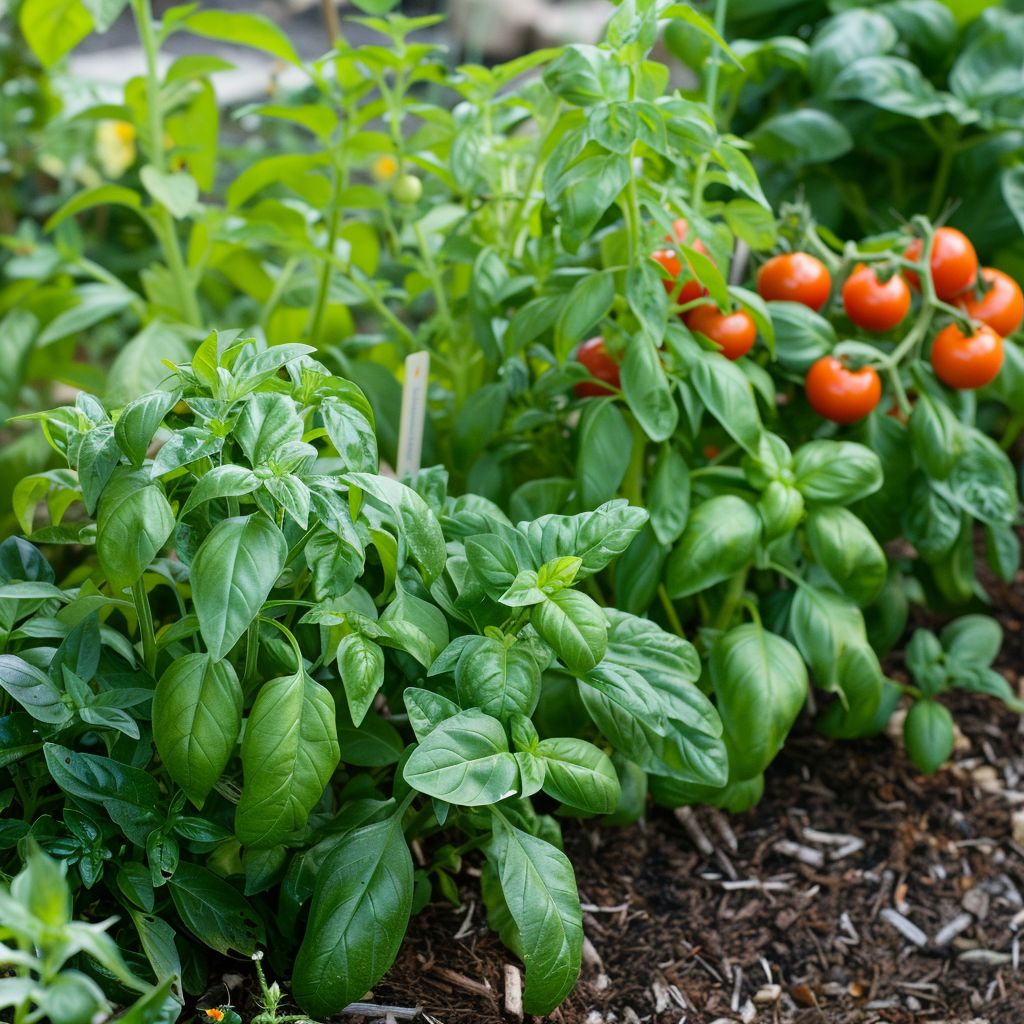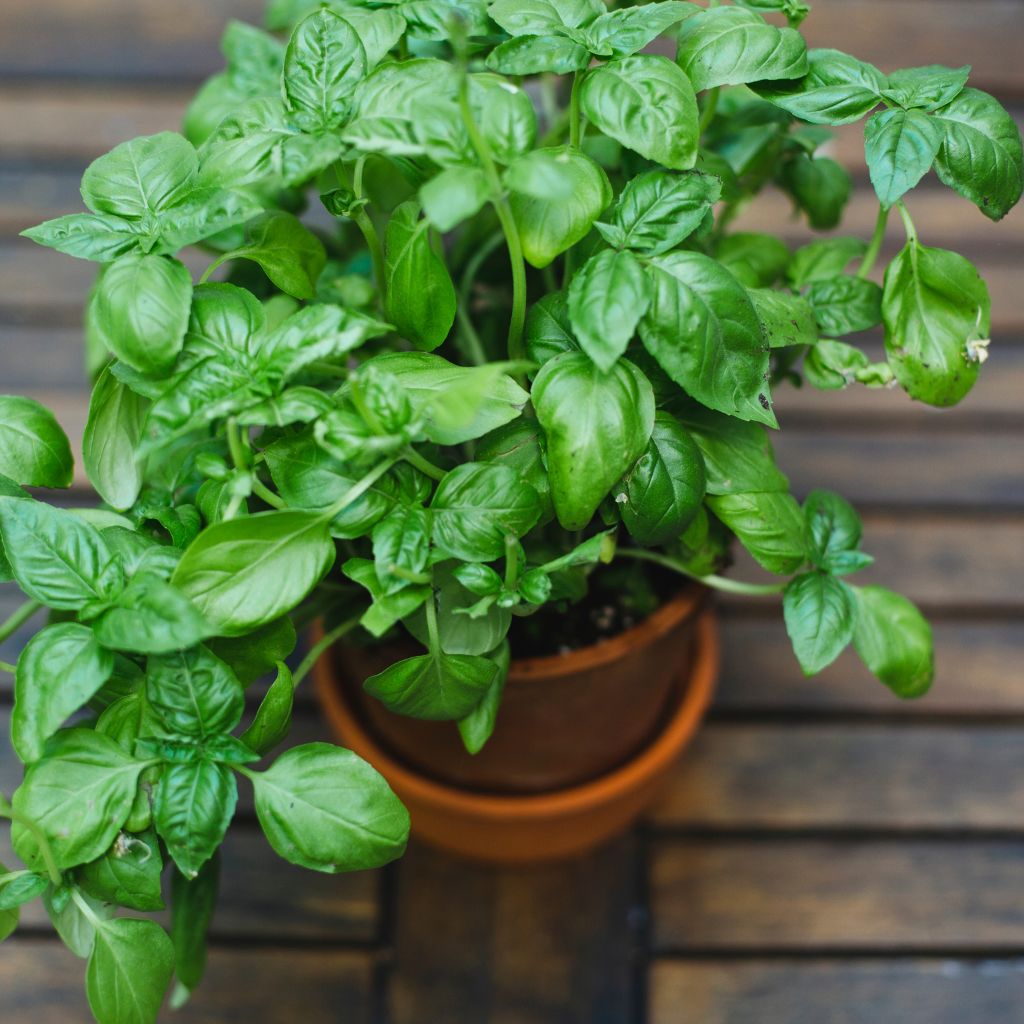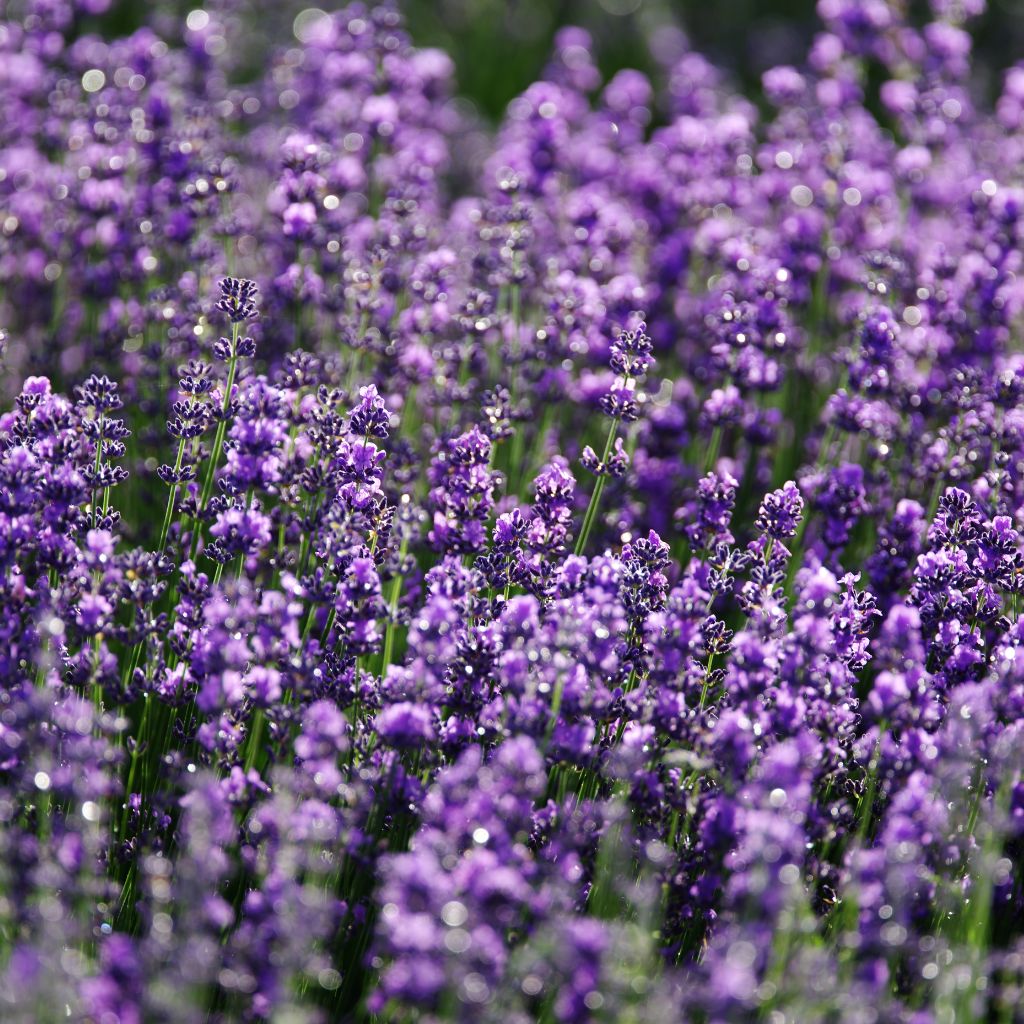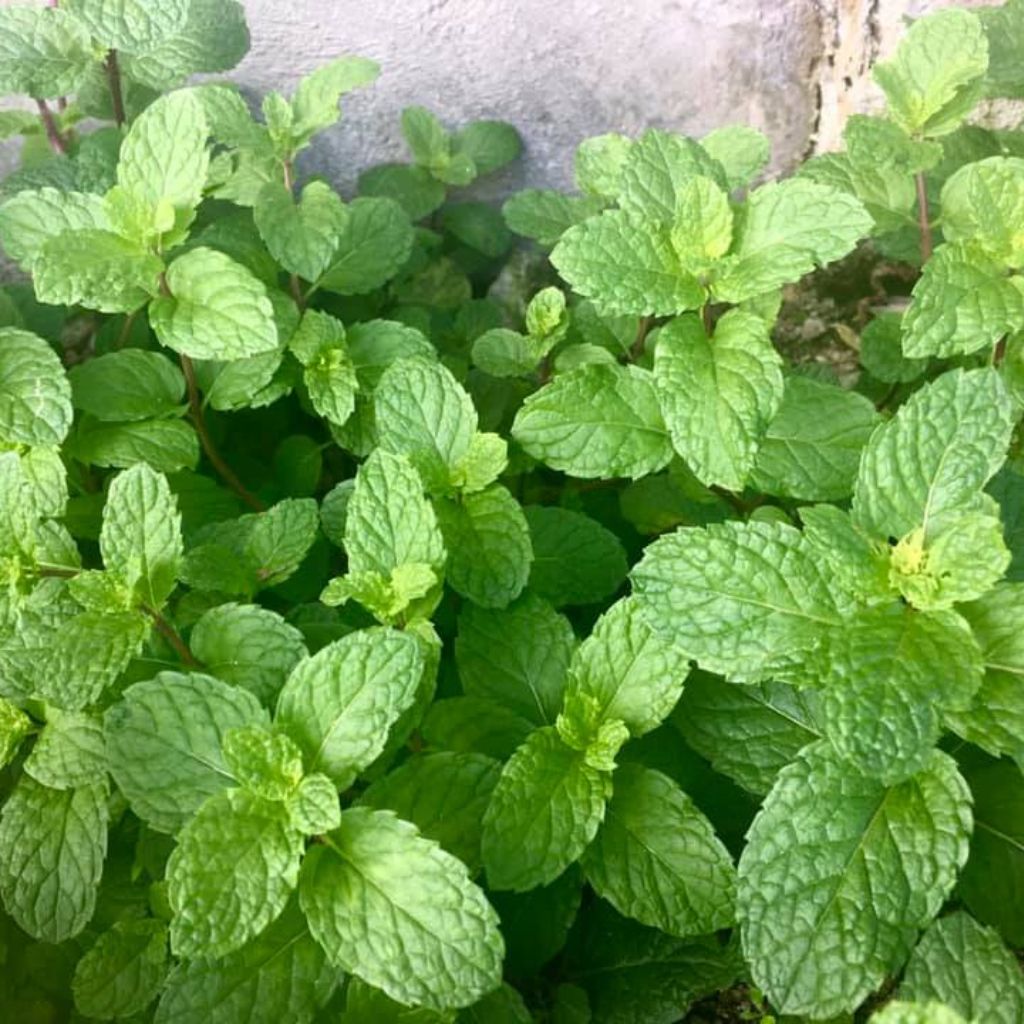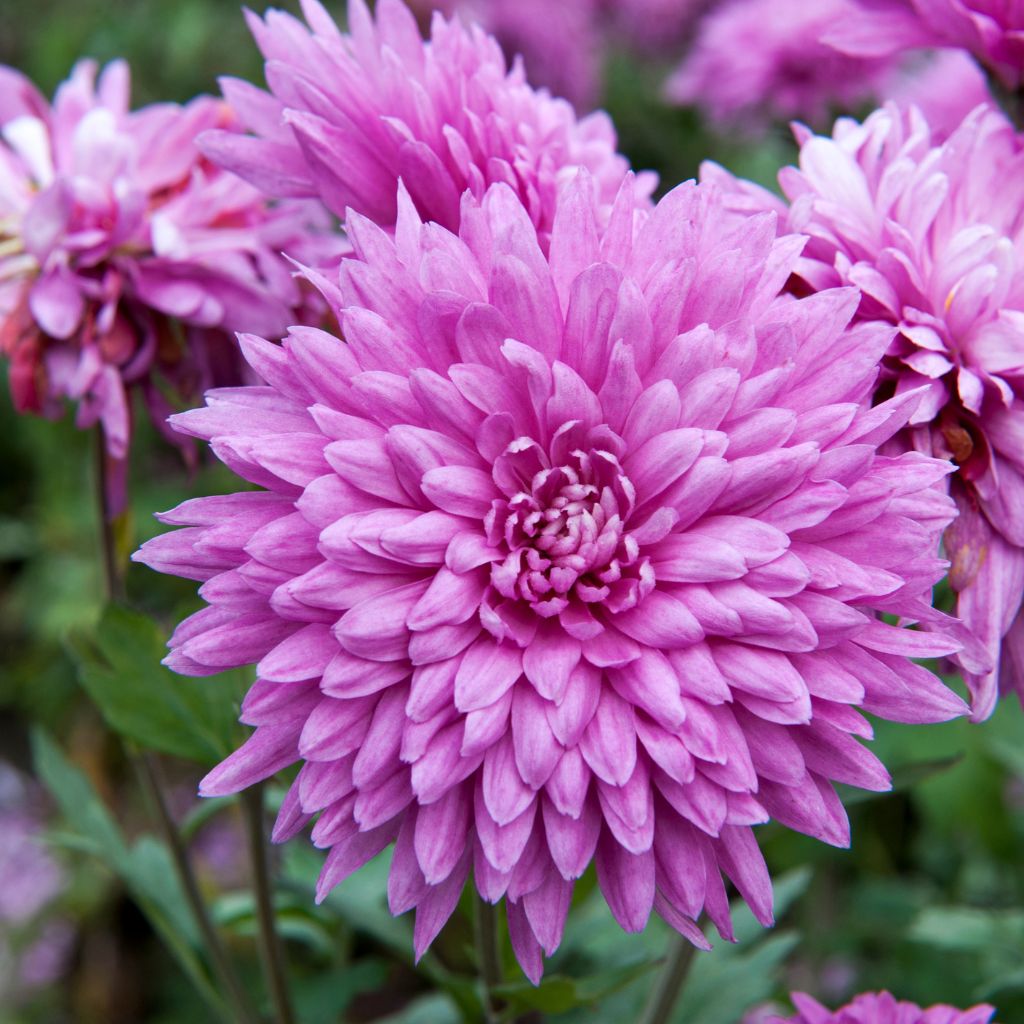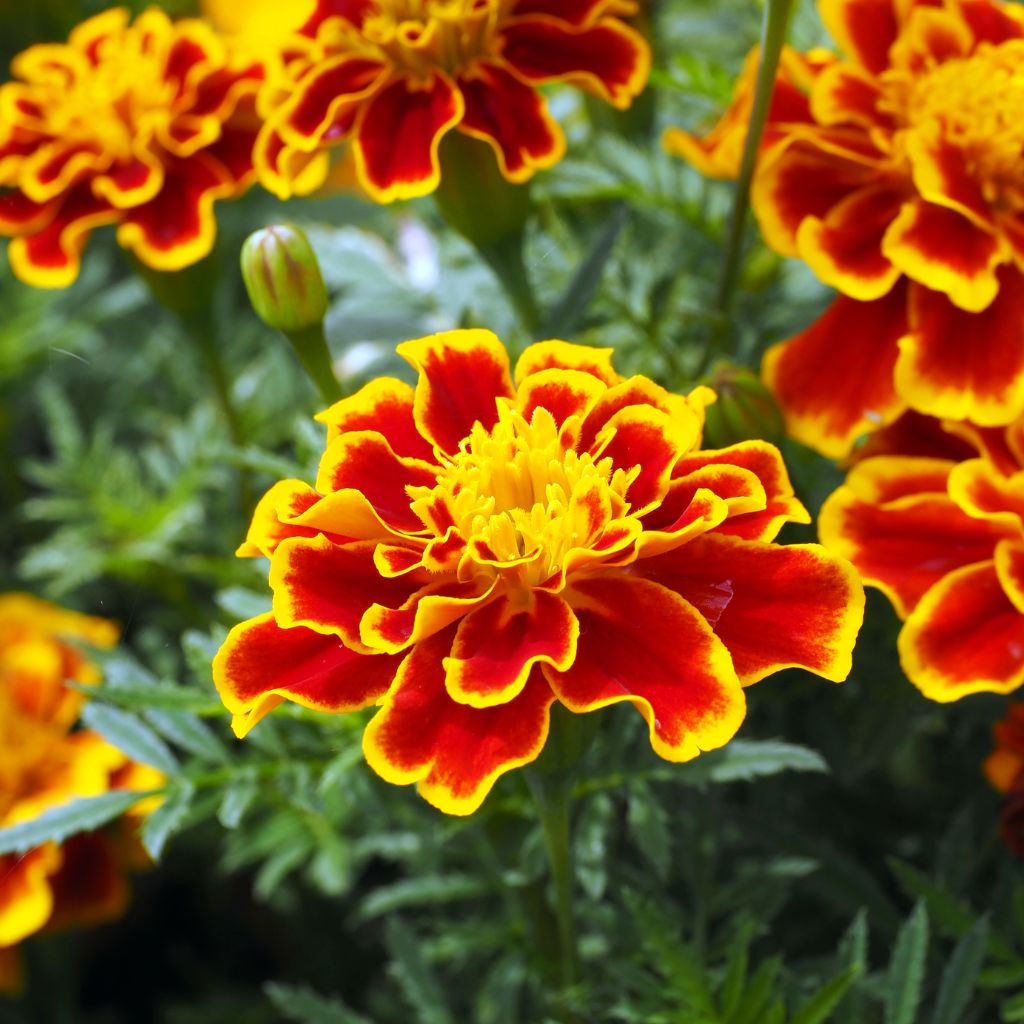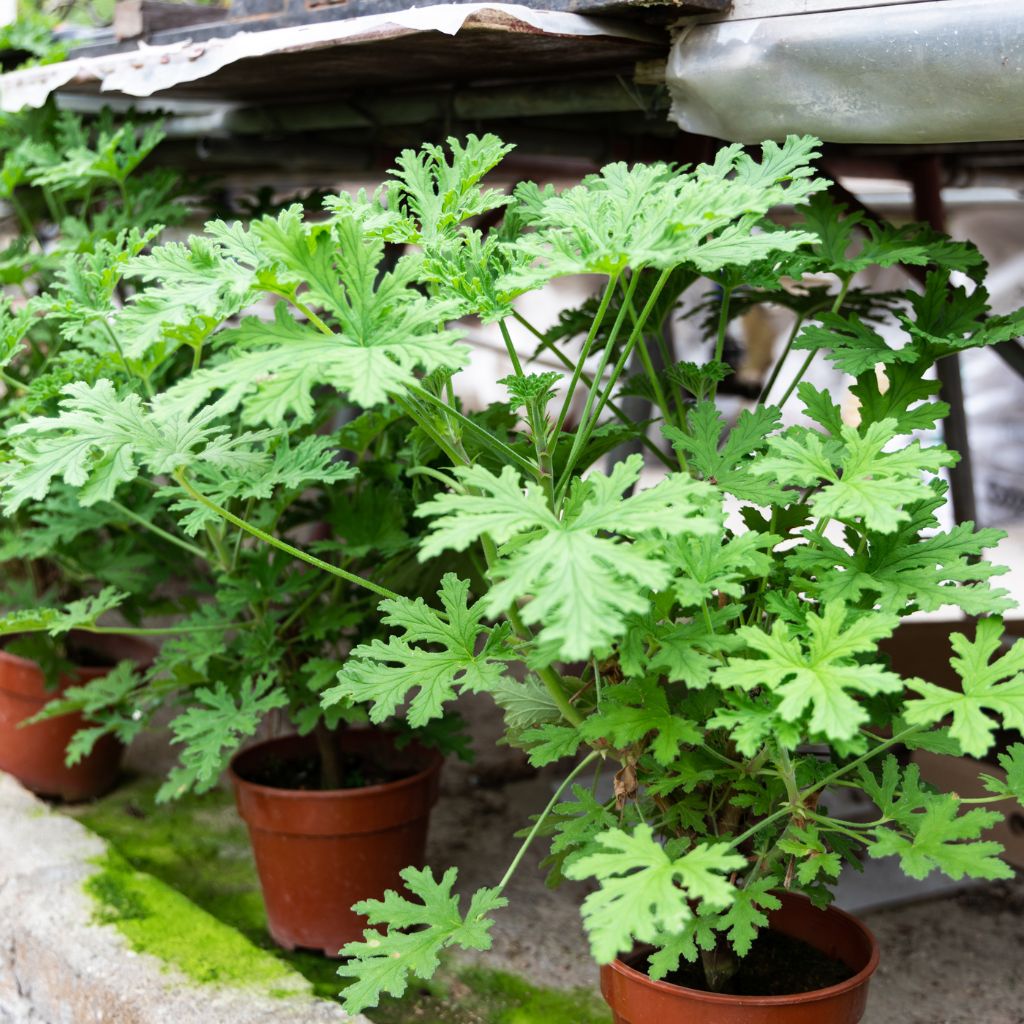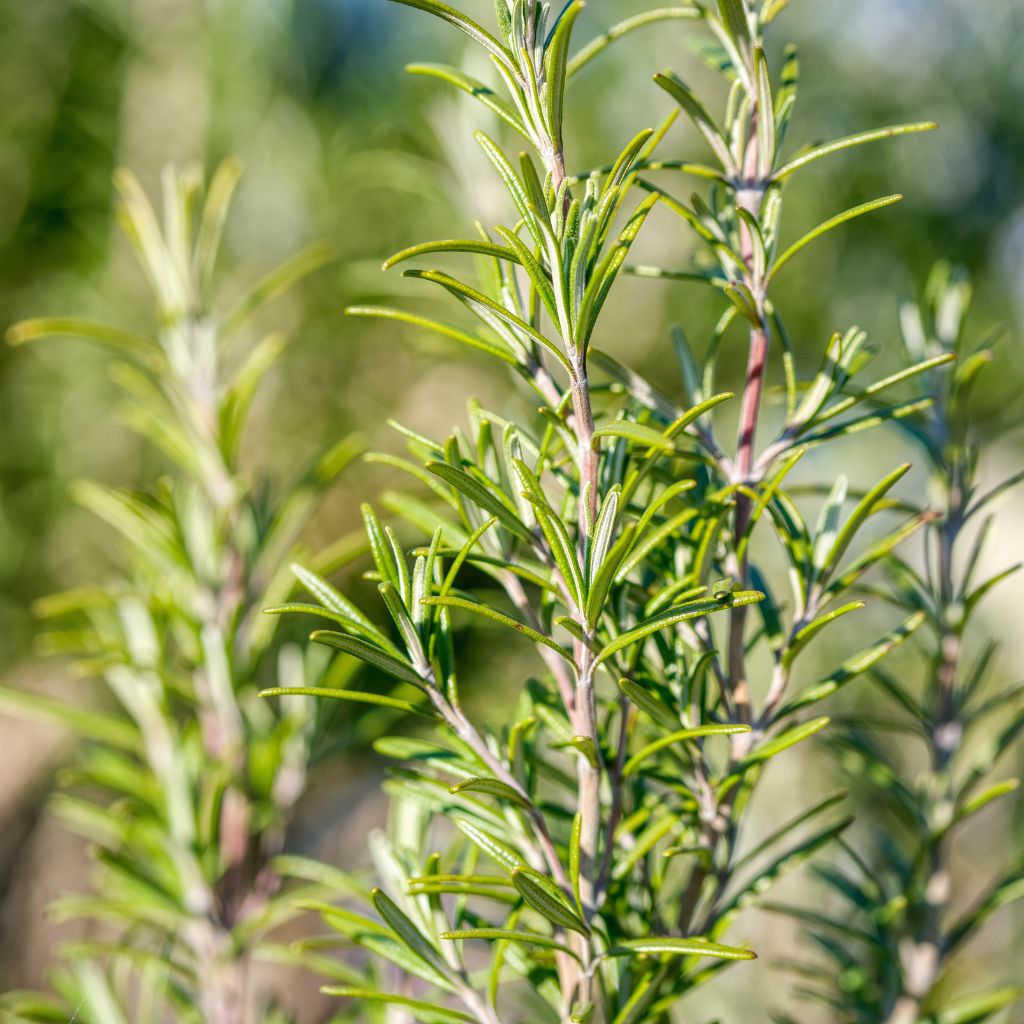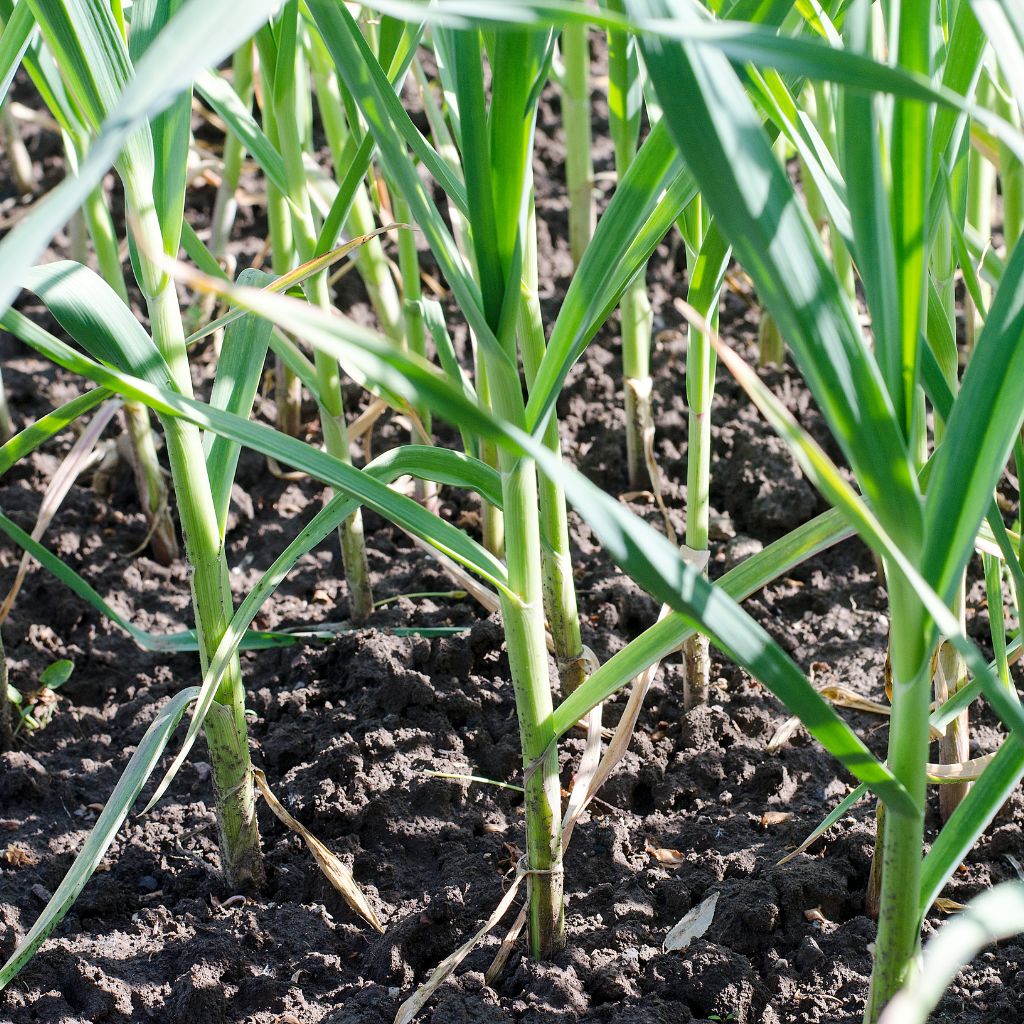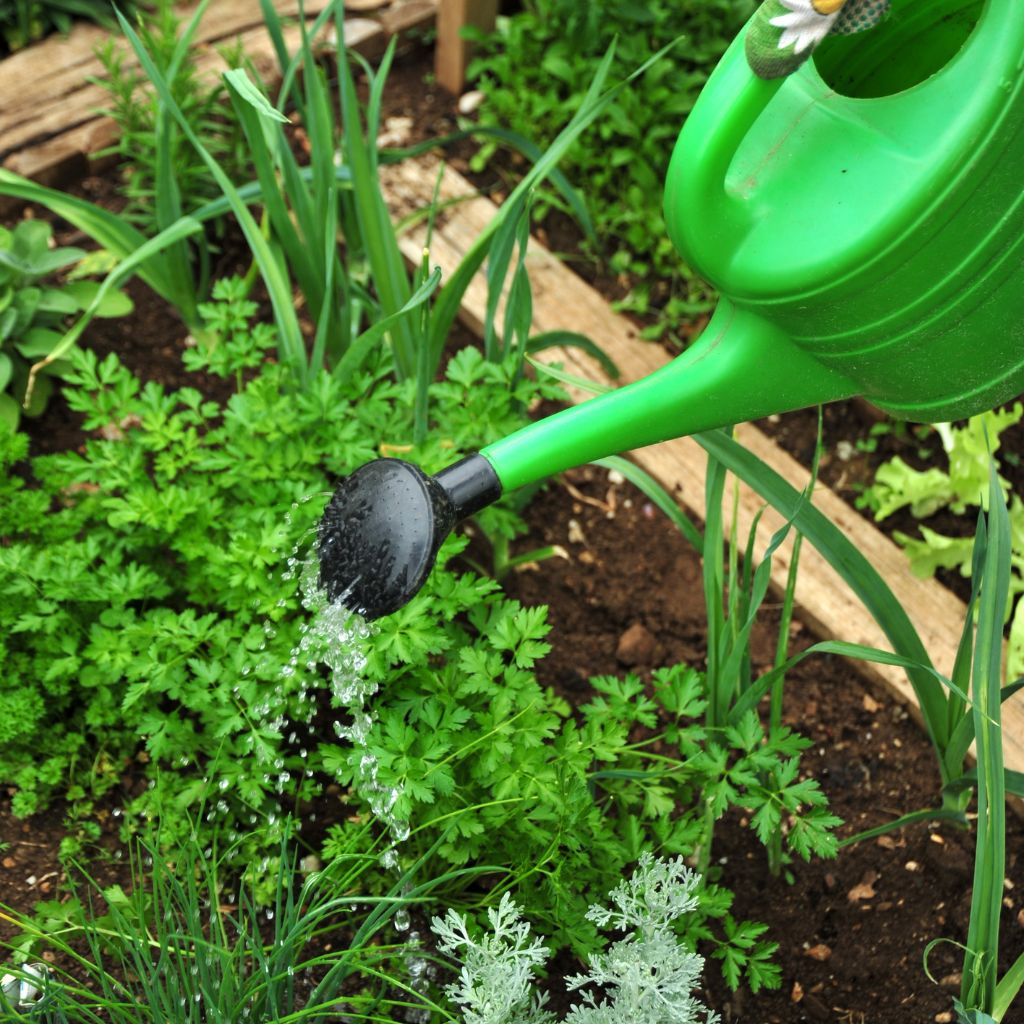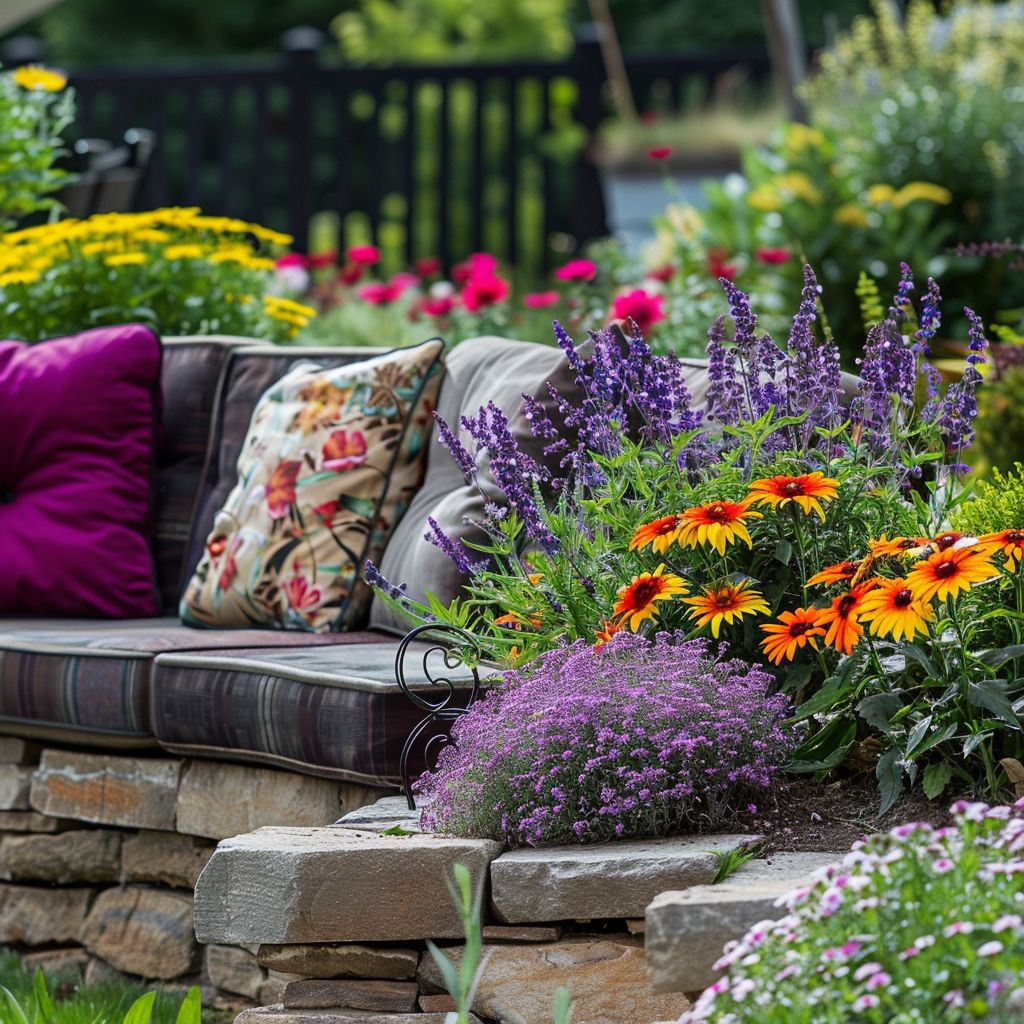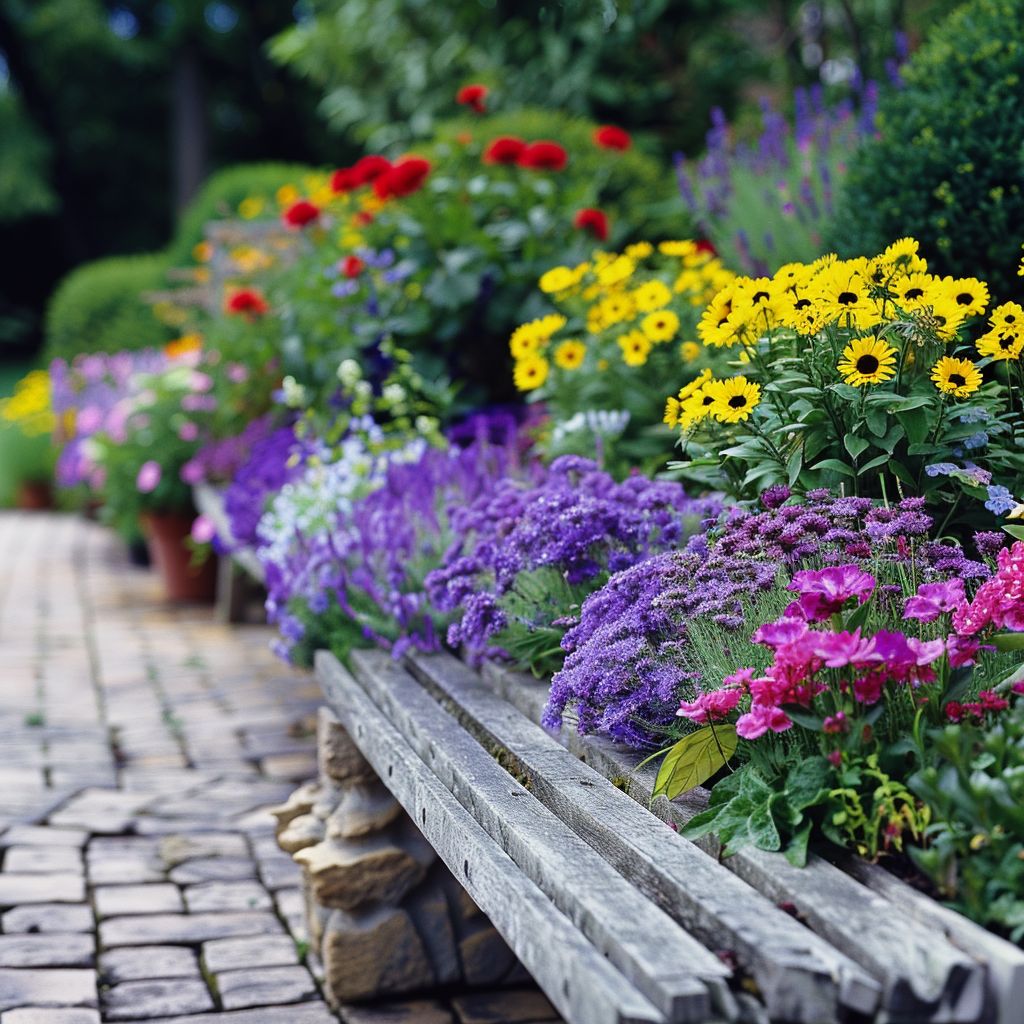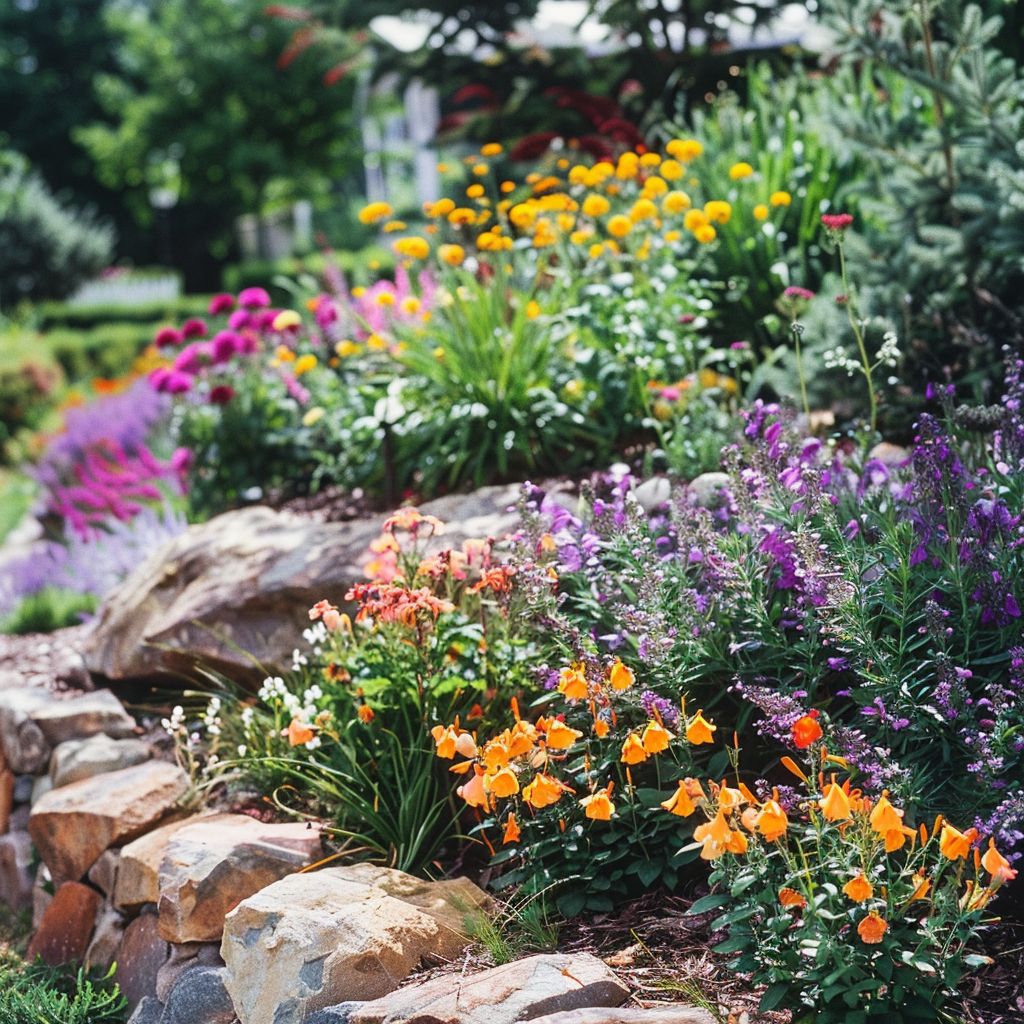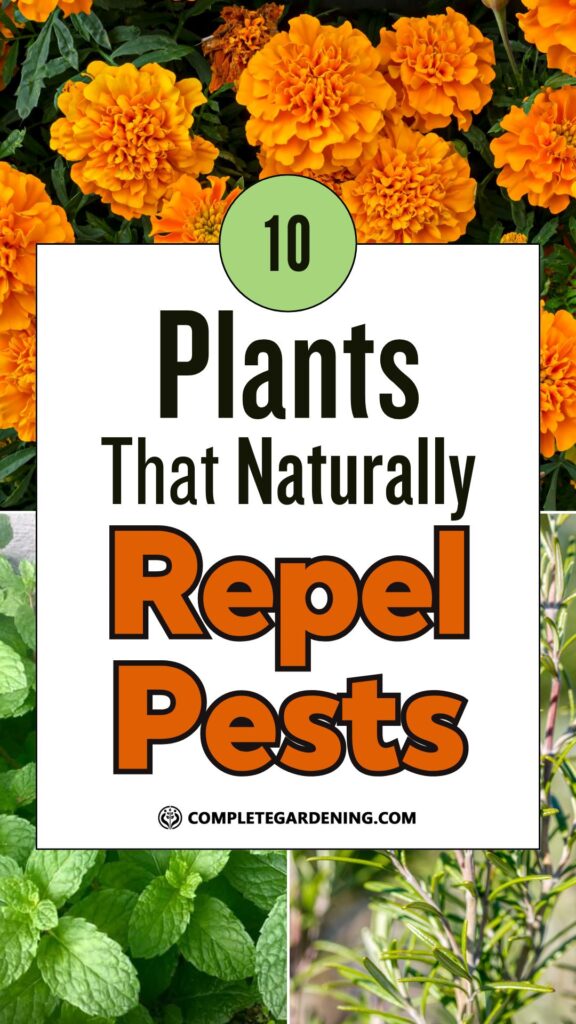Are pests wreaking havoc in your garden, leaving you frustrated and worried about the potential harm of chemical pesticides? What if you could safeguard your plants and your health by simply adding certain plants to your garden?
Welcome to the world of natural pest control, where ten amazing plants can transform your garden into a pest-free paradise.
Chemical pesticides can be harmful, not just to pests, but to beneficial insects, wildlife, and even your family. But fear not, because nature has provided us with plants that possess powerful pest-repelling properties.
By incorporating these plants into your garden, you can reduce your reliance on harmful chemicals and enjoy a safer, more vibrant outdoor space.
In this article, we will delve into the fascinating world of pest-repelling plants. You’ll learn which pests each plant can fend off, the best practices for growing and maintaining these plants, and how to use them to their fullest potential.
Whether you’re a gardening novice or a seasoned pro, this guide promises to offer valuable insights and practical solutions for a healthier, pest-free garden. Read on and discover how to harness the power of nature to protect your plants!
Benefits of Using Pest-Repelling Plants
1. Chemical-Free Solution
Pest-repelling plants offer a natural and non-toxic approach to pest control, reducing the need for chemical pesticides. This means you can protect your home without compromising the health of your family and pets.
2. Biodiversity
Integrating a variety of plants can create a diverse ecosystem that attracts beneficial insects and predators. These natural allies help keep pest populations in check, fostering a balanced environment.
3. Aesthetic Enhancement
Pest-repelling plants can enhance the beauty of your garden and landscape while serving a functional purpose. Imagine a garden that is both visually stunning and functional, creating a serene and inviting outdoor space.
4. Environmental Impact
By avoiding chemical pesticides, you contribute to a healthier environment for pollinators, wildlife, and the overall ecosystem. This sustainable approach helps preserve the delicate balance of nature.
Understanding How Plants Repel Pests
Plants have evolved various mechanisms to protect themselves from pests and predators. Some plants produce chemicals that repel insects or make them less attractive to pests.
Others have physical structures that prevent pests from feeding or laying eggs on them. Understanding how plants repel pests can help gardeners choose the right plants and use them effectively.
Chemical Defenses
Many plants produce chemicals that are toxic or unpalatable to insects. These chemicals can be produced in all parts of the plant, including the leaves, stems, flowers, and roots.
Some plants produce these chemicals all the time, while others produce them only when they are under attack.
One example of a plant that produces chemical defenses is the marigold. Marigolds contain a chemical called pyrethrin, which is toxic to many insects.
Pyrethrin is used in many commercial insecticides, but it can also be used in the garden by planting marigolds around vegetables or other plants that are susceptible to pests.
Physical Defenses
Plants also have physical structures that can prevent pests from feeding or laying eggs on them. For example, some plants have thorns or spines that make it difficult for pests to climb or crawl on them.
Others have tough leaves or stems that are difficult for pests to chew through.
One example of a plant with physical defenses is the rosemary plant. Rosemary has tough, needle-like leaves that are unappealing to many pests.
It also has a strong scent that can mask the scent of other plants, making it harder for pests to find their target.
Companion Planting
Another way to use plants to repel pests is through companion planting. Companion planting involves planting two or more plants together that have a beneficial relationship.
For example, some plants produce chemicals that repel pests, while others attract beneficial insects that prey on pests.
One example of companion planting is planting basil and tomatoes together. Basil contains a chemical called eugenol, which is toxic to many pests.
Tomatoes, on the other hand, attract beneficial insects such as ladybugs and lacewings, which prey on pests like aphids and whiteflies.
Top 10 Pest-Repelling Plants
When it comes to keeping pests away from your garden or home, planting pest-repelling plants can be a great natural solution. Here are the top 10 plants that are known to effectively repel pests:
1. Basil
Basil is a popular herb that is known for its culinary uses, but it also has pest-repelling properties. The strong aroma of basil can repel mosquitoes, flies, and other insects.
Plant basil in pots near doorways or windows to keep pests from entering your home.
2. Lavender
Lavender is a fragrant plant that is commonly used in aromatherapy, but it also has natural pest-repelling properties. The scent of lavender can repel mosquitoes, flies, and moths.
Plant lavender in your garden or in pots around your home to keep pests at bay.
3. Mint
Mint is a versatile herb that is often used in cooking and tea, but it also has natural pest-repelling properties. The strong scent of mint can repel mosquitoes, ants, and other insects. Plant mint in pots near doorways or windows to keep pests from entering your home.
4. Chrysanthemums
Chrysanthemums are beautiful flowers that can also repel pests. The natural insecticide found in chrysanthemums is effective against mosquitoes, roaches, and other pests.
Plant chrysanthemums in your garden to keep pests away.
5. Marigolds
Marigolds are another type of flower that can repel pests. The scent of marigolds can repel mosquitoes, flies, and other insects. Plant marigolds in your garden or in pots around your home to keep pests away.
6. Citronella Grass
Citronella grass is a popular plant that is often used in candles and other insect-repelling products. The strong scent of citronella can repel mosquitoes and other insects.
Plant citronella grass in your garden or in pots around your home to keep pests away.
7. Rosemary
Rosemary is an herb that is commonly used in cooking, but it also has natural pest-repelling properties. The strong scent of rosemary can repel mosquitoes and other insects.
Plant rosemary in pots near doorways or windows to keep pests from entering your home.
8. Petunias
Petunias are colorful flowers that can also repel pests. The scent of petunias can repel aphids, tomato hornworms, and other pests. Plant petunias in your garden to keep pests away.
9. Garlic
Garlic is a popular ingredient in cooking, but it also has natural pest-repelling properties. The strong scent of garlic can repel mosquitoes, flies, and other insects.
Plant garlic in pots near doorways or windows to keep pests from entering your home.
10. Lemongrass
Lemongrass is a fragrant plant that is often used in cooking, but it also has natural pest-repelling properties. The strong scent of lemongrass can repel mosquitoes and other insects.
Plant lemongrass in pots near doorways or windows to keep pests from entering your home.
Cultivating Pest-Repellent Plants
Soil Requirements
To grow pest-repellent plants successfully, it’s essential to have the right soil. Most of these plants prefer well-draining soil that is rich in organic matter.
The pH level of the soil should be around 6.0 to 7.0. If the soil is too acidic or alkaline, it can affect the plant’s growth and its ability to repel pests.
Adding compost or aged manure to the soil can help improve its quality and provide the necessary nutrients for the plants to thrive.
Sunlight and Watering Needs
Sunlight and watering requirements vary depending on the type of plant. Most pest-repellent plants require at least six hours of sunlight per day.
It’s important to water the plants regularly, especially during the growing season. Overwatering can lead to root rot, while underwatering can stunt the plant’s growth.
It’s best to water the plants deeply once a week rather than giving them frequent shallow watering.
Spacing for Optimal Growth
Proper spacing is crucial for optimal growth and pest-repelling abilities. Overcrowding can lead to poor air circulation, which can increase the risk of fungal diseases and pest infestations.
It’s important to follow the spacing recommendations for each plant. In general, most plants should be spaced at least 12 to 18 inches apart. However, some plants such as basil and marigolds can be spaced closer together.
By following these guidelines, gardeners can cultivate pest-repellent plants successfully. With proper care and maintenance, these plants can help keep pests at bay and promote a healthy garden ecosystem.
Tips for Using Pest-Repelling Plants
Strategic Placement
Plant pest-repelling herbs and flowers near entry points, outdoor seating areas, and around your garden to create a protective barrier against pests.
Companion Planting
Integrate pest-repelling plants with your vegetable and flower beds to deter pests and attract beneficial insects, promoting a healthy garden ecosystem.
Regular Maintenance
Healthy plants are better equipped to repel pests. Provide proper care, including watering and fertilizing, to ensure optimal growth and effectiveness.
Rotation
Rotate your pest-repelling plants periodically to prevent pests from adapting to the scents, maintaining their effectiveness over time.
Learn About Local Pests
Research the pests prevalent in your area to select plants that target the specific pests you want to repel, ensuring you choose the most effective plants for your garden.
Combine Strategies
While pest-repelling plants are effective, consider using them in conjunction with other pest control methods for comprehensive protection. This integrated approach can enhance the overall effectiveness of your pest management plan.
Using plants to repel pests is a natural and sustainable approach to pest control that aligns with an eco-friendly lifestyle. By strategically incorporating pest-repelling plants into your landscape and garden, you can create a harmonious environment that both humans and beneficial insects can enjoy.
While these plants can help keep pest populations in check, it’s important to note that they may not completely eliminate all pests. For severe infestations, consider consulting with a professional pest control service for additional assistance.
By taking these steps, you can enjoy a beautiful, pest-free garden that contributes to a healthier environment.


